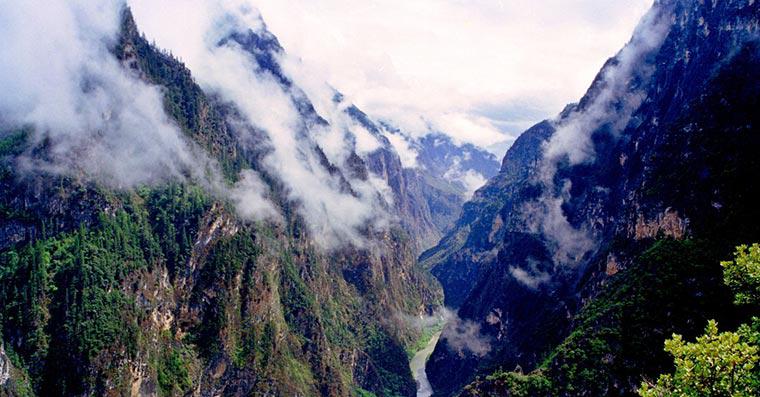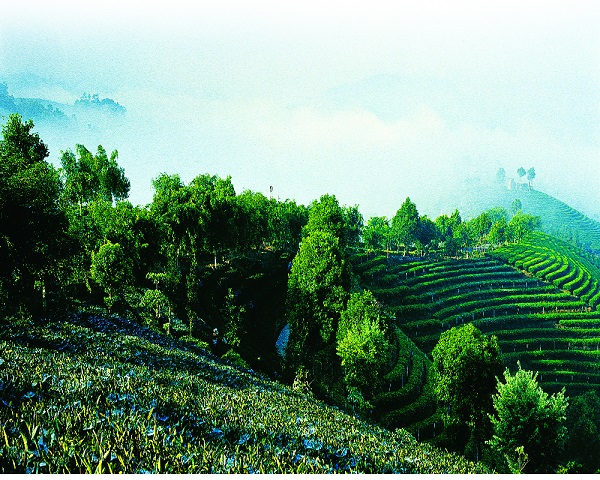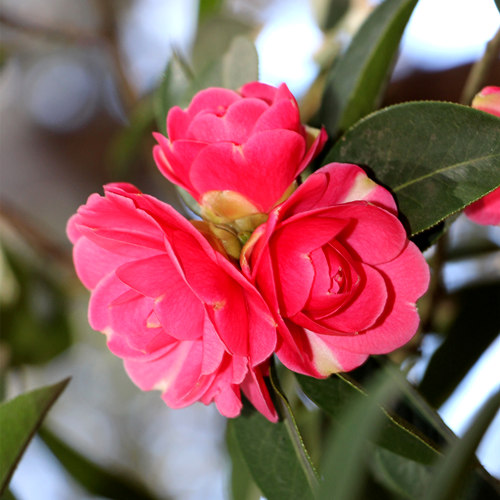
Detailed Introduction to Yongren County of Chuxiong Prefecture
Yongren County (永仁县) is an important administrative region in Chuxiong Yi Autonomous Prefecture, located in the northwestern part of Yunnan Province, China. Known for its stunning landscapes, diverse ethnic cultures, and strong agricultural base, Yongren serves as both a historical trade hub and a growing center for tourism and economic development. Its rich Yi cultural heritage, well-preserved traditional customs, and scenic natural beauty make it a unique and dynamic county in central Yunnan.
Geographical Location and Climate
Location:
Yongren County is situated in the northernmost part of Chuxiong Prefecture, bordering Panzhihua City in Sichuan Province to the north.
It covers an area of approximately 2,200 square kilometers and is strategically located as a transition zone between Yunnan and Sichuan, making it an important gateway for economic and cultural exchange.
Terrain and Environment:
Mountainous Landscapes: Yongren is characterized by rolling hills, deep river valleys, and mountain ranges, creating a diverse terrain ideal for agriculture, tourism, and ecological preservation.
Water Resources: The Jinsha River, a major tributary of the Yangtze River, flows through the county, providing abundant water resources for irrigation, hydroelectric power, and ecological conservation.
Biodiversity: The region’s forests and nature reserves are home to a variety of plant and animal species, making it an important area for eco-tourism and environmental protection.
Climate:
Yongren enjoys a subtropical monsoon climate, with mild winters and warm summers.
Temperature: The annual average temperature ranges between 15°C and 21°C, creating a comfortable environment for agriculture and tourism.
Rainfall: Most precipitation occurs during the summer months, with an average annual rainfall of 800–1,200 mm, supporting lush greenery and agricultural productivity.
Sunlight & Growing Conditions: The county experiences abundant sunshine, making it well-suited for growing crops such as tobacco, fruits, and vegetables.
Historical Background
Yongren County has a long and rich history shaped by its strategic location along important trade and cultural exchange routes:
Ancient Trade Routes: Since ancient times, Yongren was a key part of the Southwest Silk Road and the Tea Horse Road, connecting Yunnan with Sichuan, Tibet, and Southeast Asia. The movement of goods, particularly tea, salt, and horses, fostered regional trade and cultural interactions.
Ethnic Heritage: The Yi people have historically been the dominant ethnic group in Yongren, with their customs, language, and traditions playing a central role in the county’s identity.
Modern Development: With administrative reforms in the 20th century, Yongren became an official county under Chuxiong Prefecture. Since then, it has undergone steady economic growth, balancing traditional agriculture with modern industry and tourism.
Economic Overview
Yongren County has a diverse and developing economy, with a strong focus on agriculture, tourism, and cross-regional trade.
1. Agriculture
Agriculture is the backbone of Yongren’s economy, with high-altitude farming and fertile lands supporting a range of crops:
Staple Crops: Rice, wheat, and corn are widely cultivated in the county’s river valleys and terraced farmlands.
Cash Crops:
Tobacco: Yongren produces high-quality flue-cured tobacco, which is one of its primary cash crops.
Fruits and Vegetables: The county is known for its oranges, peaches, walnuts, and peppers, which thrive in its favorable climate.
Traditional Chinese Medicinal Herbs: Yongren is also a producer of valuable medicinal plants used in traditional Chinese medicine.
2. Trade and Industry
Cross-Border Trade: Due to its location near Sichuan Province, Yongren is an important gateway for trade, linking Yunnan’s agricultural products with Sichuan’s markets.
Light Industries: Small-scale food processing, handicrafts, and agricultural product manufacturing contribute to local employment and economic growth.
3. Eco-Tourism and Cultural Tourism
Scenic tourism in Yongren is growing, with attractions like mountains, rivers, and traditional Yi villages drawing visitors.
Cultural tourism is also being promoted, with Yi ethnic festivals and traditional handicraft workshops attracting both domestic and international tourists.
Ethnic and Cultural Heritage
Yongren County is a multicultural region, with the Yi people making up the largest ethnic group, alongside Han, Hui, and other minorities.
1. Yi Culture
Traditional Festivals:
The Yi Torch Festival (



